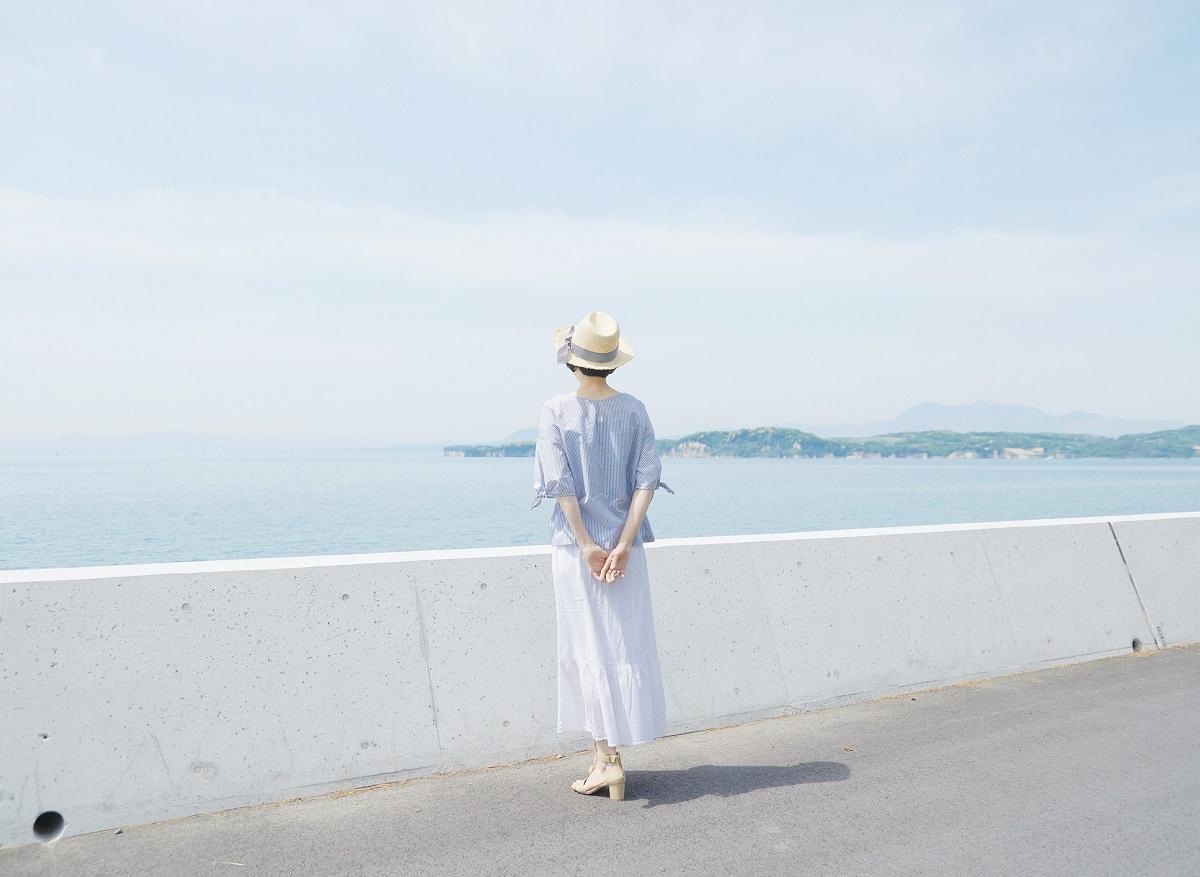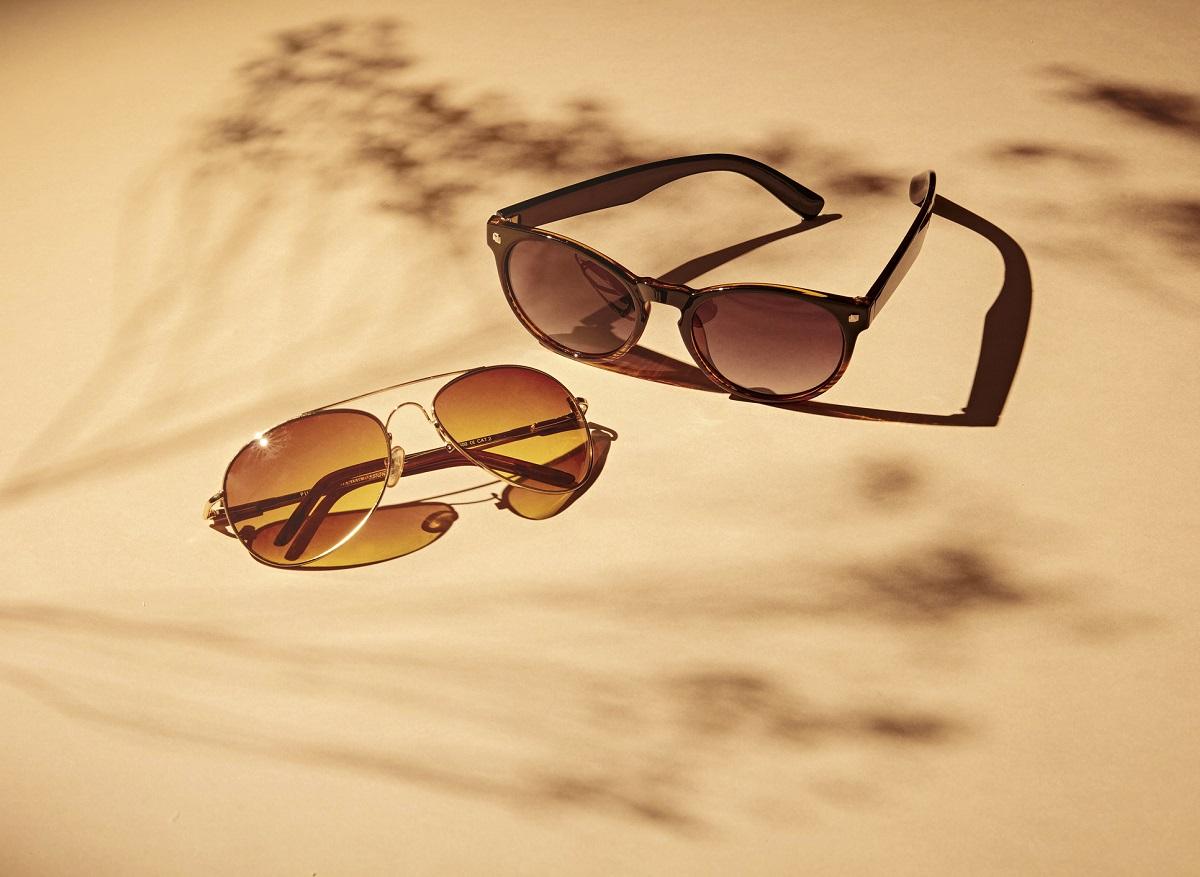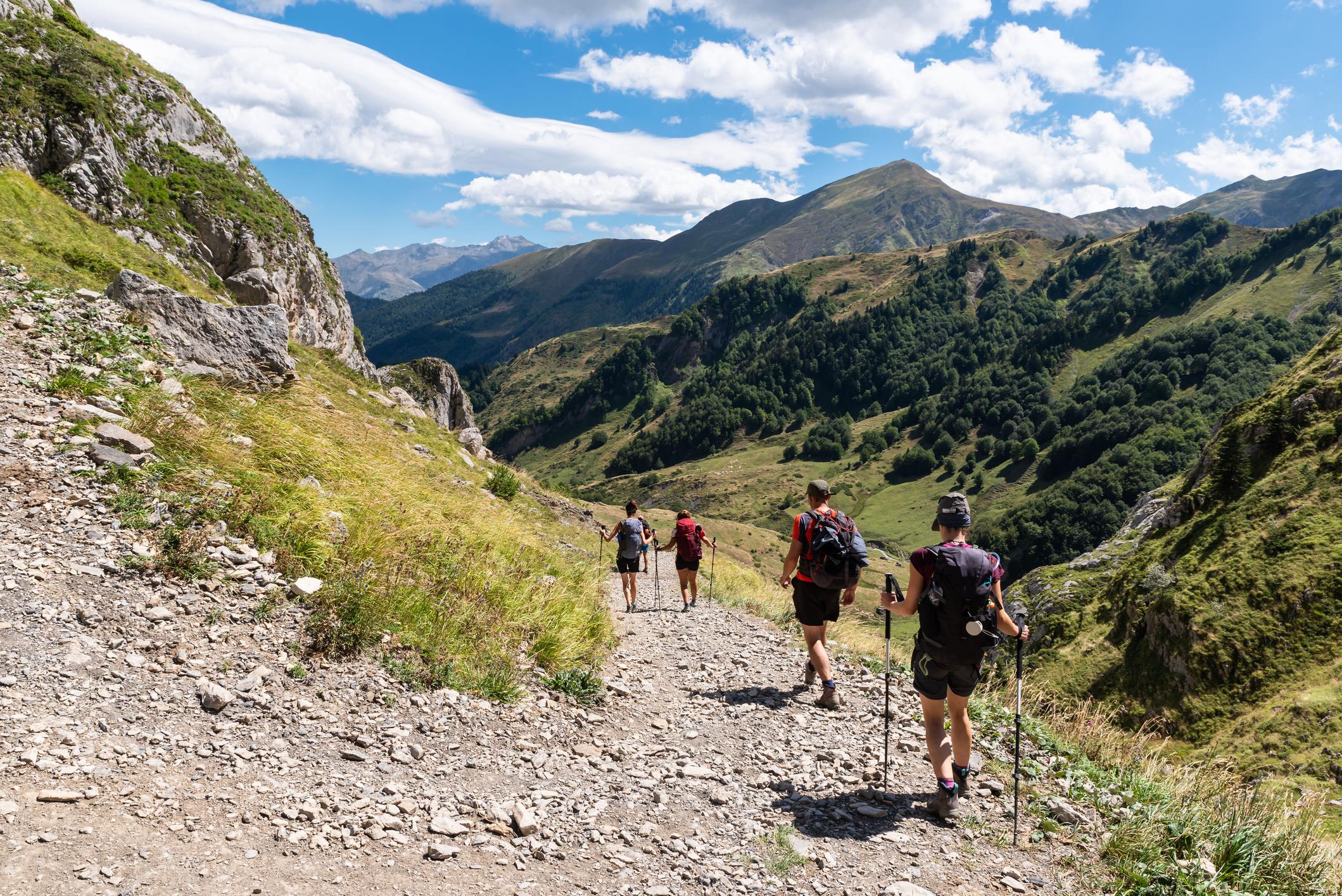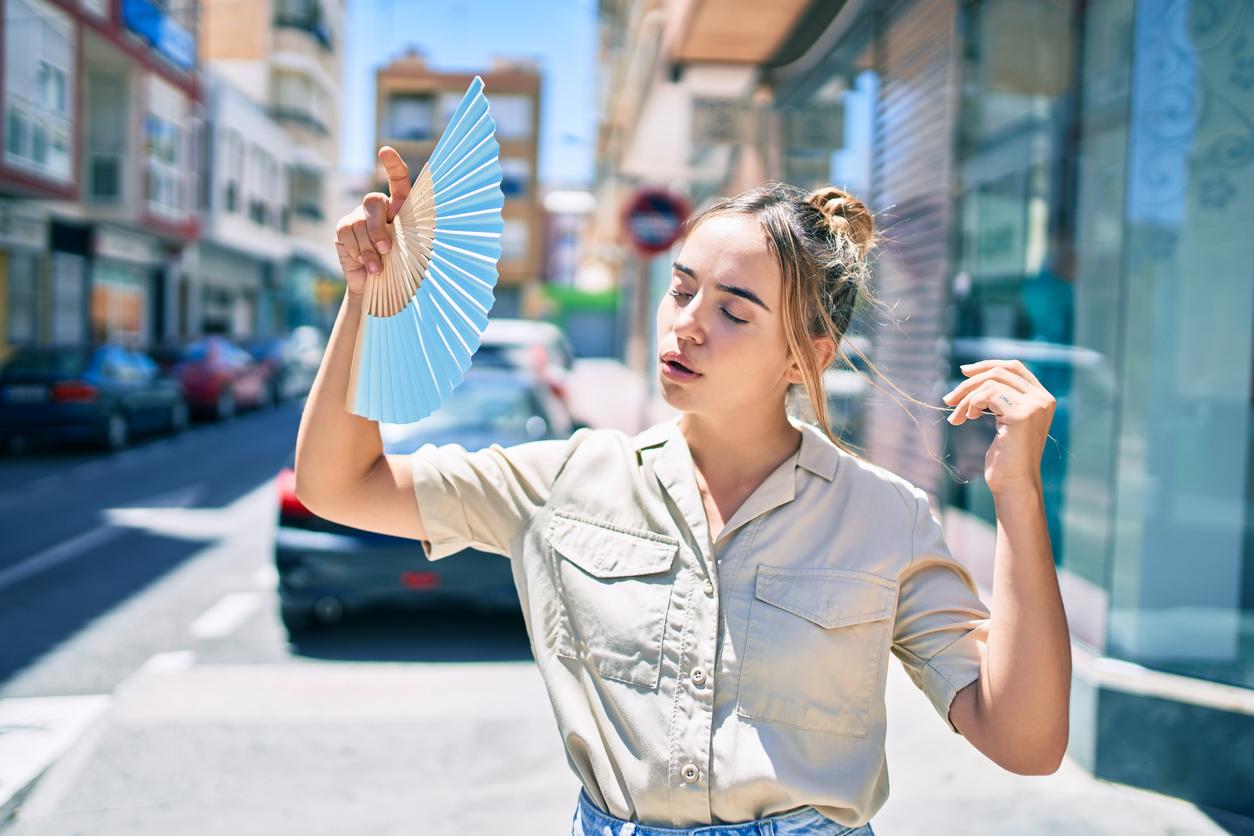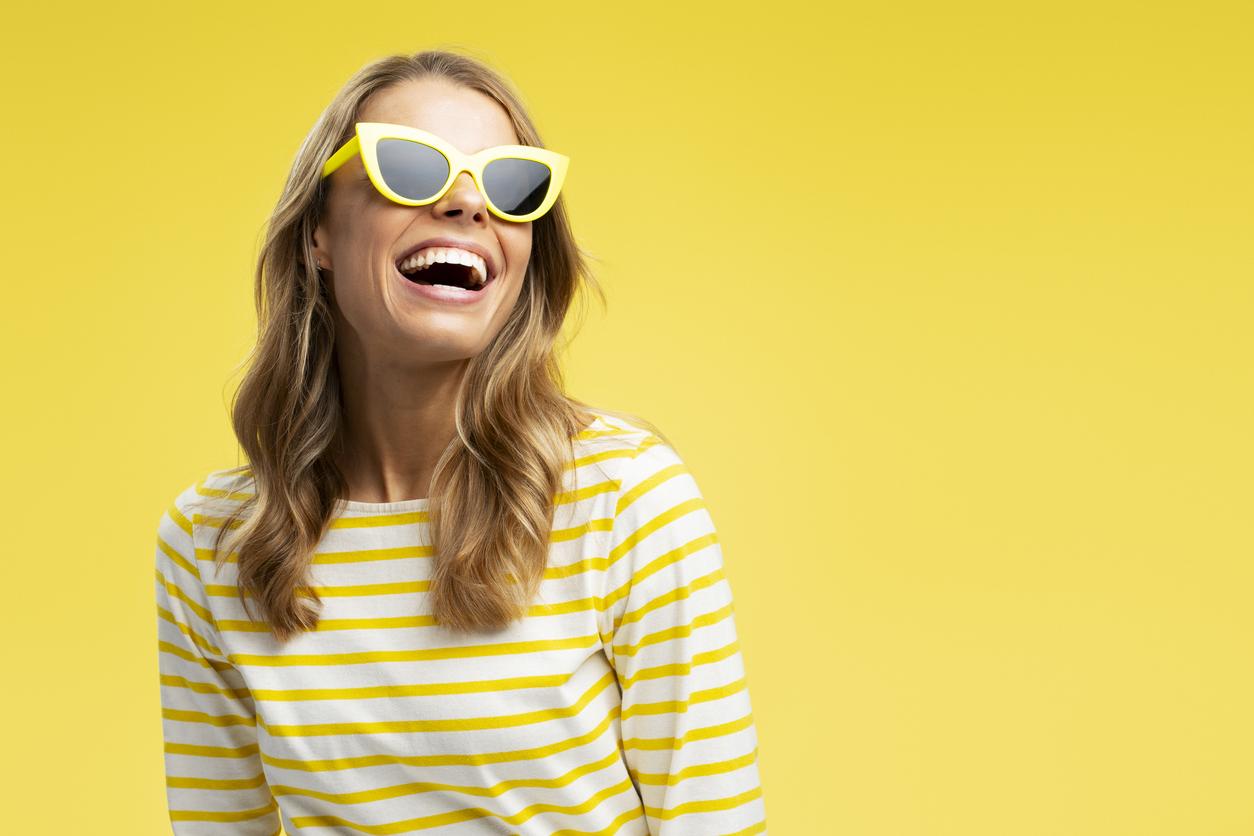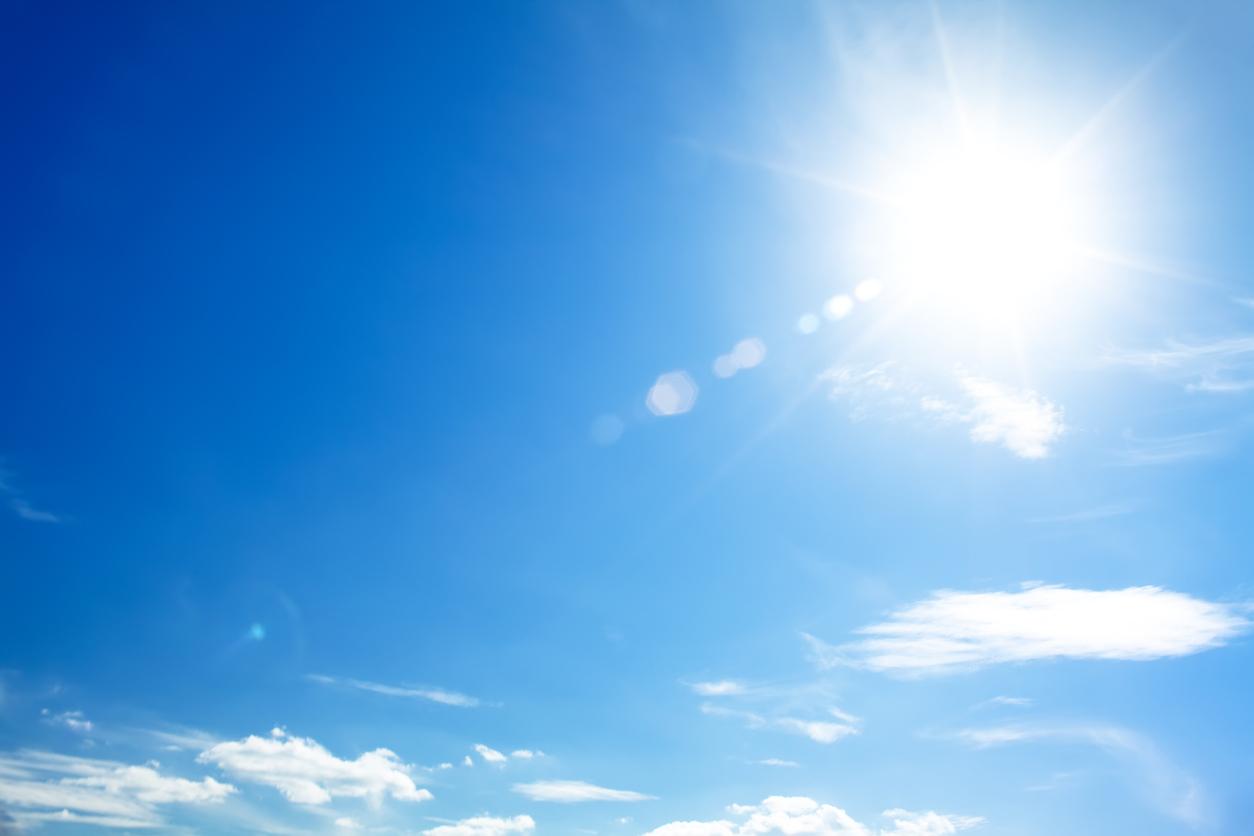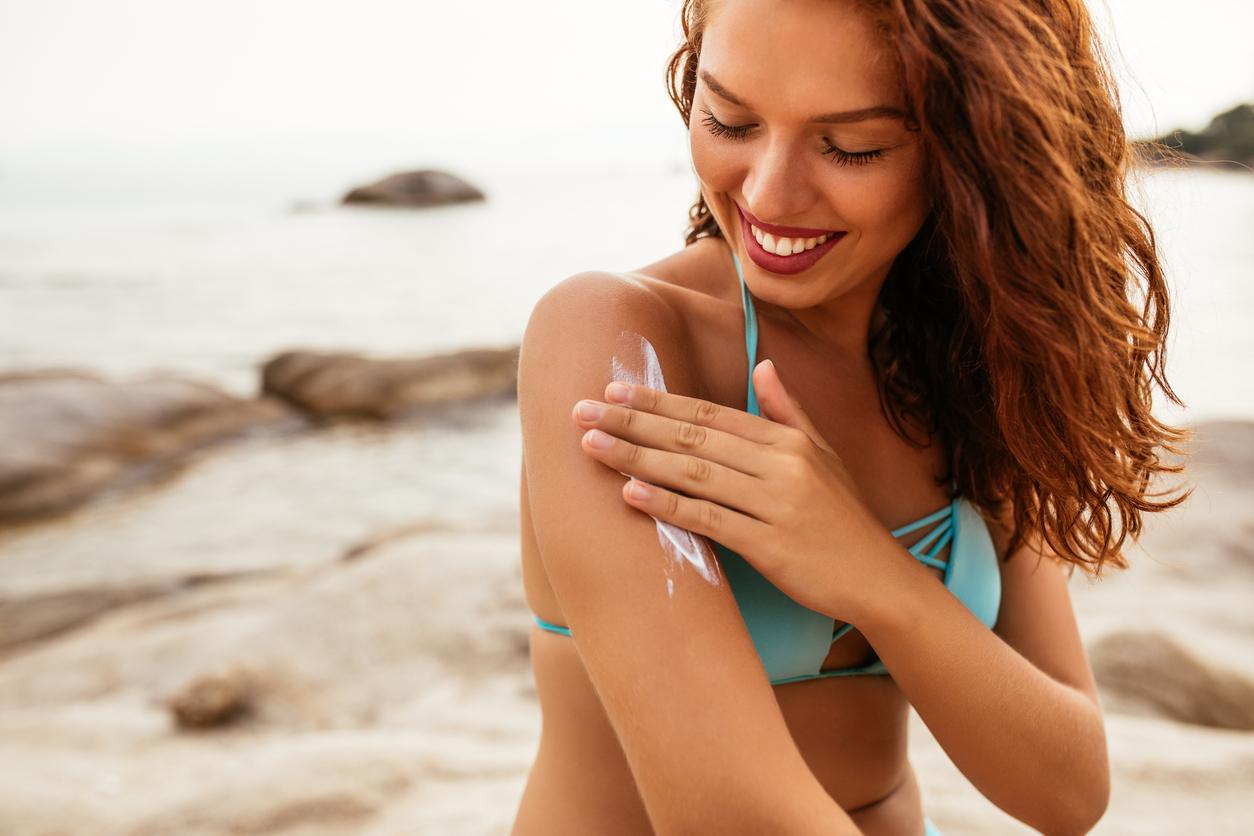Without protection, stays in the mountains often generate an increase in keratitis (inflammation of the cornea), aptly called “snow ophthalmia”.
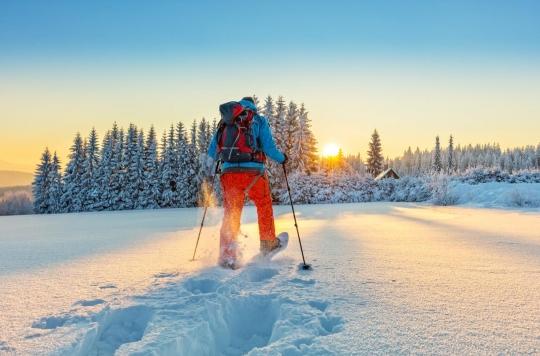
- The UV index increases by approximately 10% per 1000 m step of elevation
- Snow reflects 40% to 90% of the sun’s radiation
Snowshoeing, cross-country skiing, dog sledding… While the ski lifts are closed due to Covid-19, the mountains still appeal to holidaymakers, especially in small low-altitude resorts. And among them, there are many who do not protect their eyes from the sun, considering that small elevations and alternative activities to skiing are not dangerous for their eyesight.
“However, altitude and snow considerably increase the doses of ultraviolet radiation received by the skin and eyes, regardless of activity or altitude”, warns the Asnav association. The UV index increases by about 10% per step of 1,000 meters of elevation, while snow reflects 40% to 90% of the sun’s radiation. Even on overcast days, the rays pass through fog or clouds while maintaining their power. In addition, natural blue light, very present in winter, can generate visual fatigue due to strong glare and thus cause perception problems.
What are the risks ?
The sun’s ultraviolet rays, invisible and painless, can cause serious damage to the eyes during prolonged exposure without protection, or with insufficient protection. Stays in the mountains often generate an increase in keratitis (inflammation of the cornea), quite rightly called “snow blindness”.
In the longer term, UV rays can cause lesions on the lens, which causes the premature appearance of cataracts, and on the retina, thus contributing to the development of AMD, the leading cause of low vision, even blindness after the age of 50. Studies also show that the risks are increased by cumulative exposure, often started in childhood.
“Skiing is not the only activity for which it is absolutely necessary to protect your eyes. If you have the chance to enjoy the snowy landscapes, do not forget to bring sunglasses which you will have checked the quality of protection”, emphasizes Asnav. But itHow can you make sure your sunglasses are suitable for this risky terrain?
How to protect yourself well?
For protection by glasses:
– the UV protection category is crucial. It is guaranteed by a CE marking, preferably engraved on the temples, or, failing that, mentioned on a label.
– The tint of the lenses provides protection against glare together with the quality of filtering UV and blue light.
– Favor a category 3 or 4 for an exhibition in the mountains. Please note that category 4 glasses are not suitable for driving.
For the mount:
– it must be flexible, perfectly match the shape of the face by its curved shape and hold correctly on the base of the nose and behind the ears.
.









